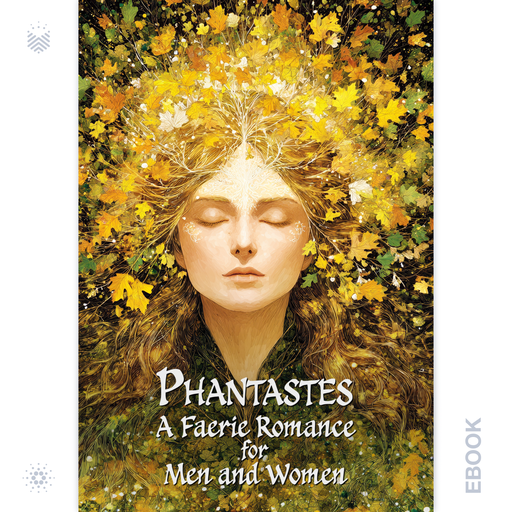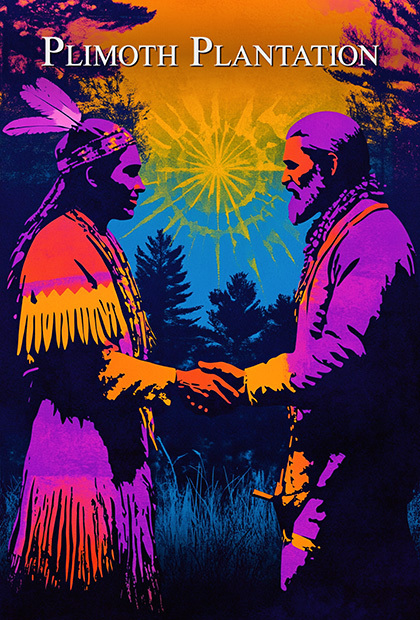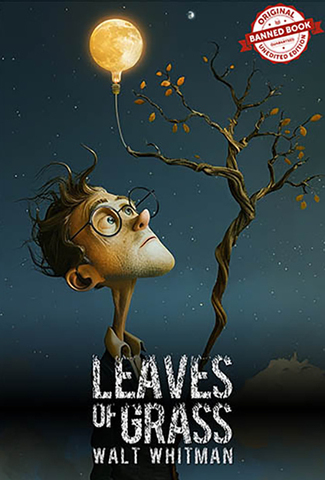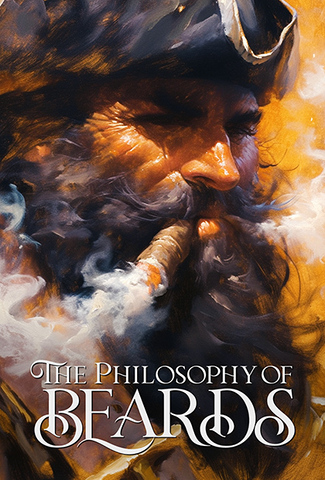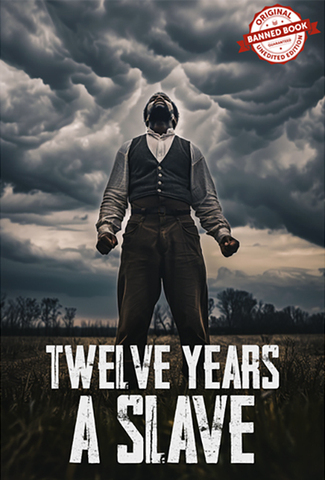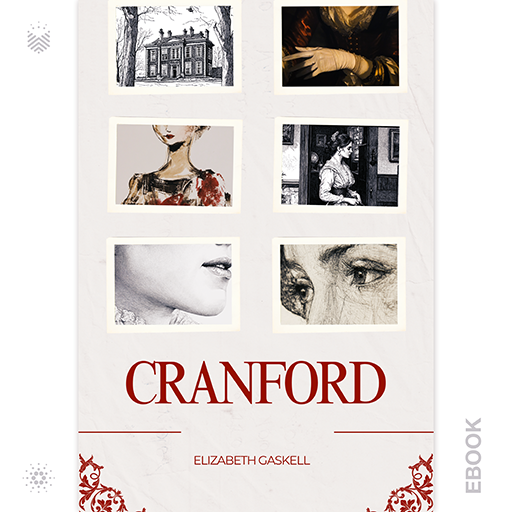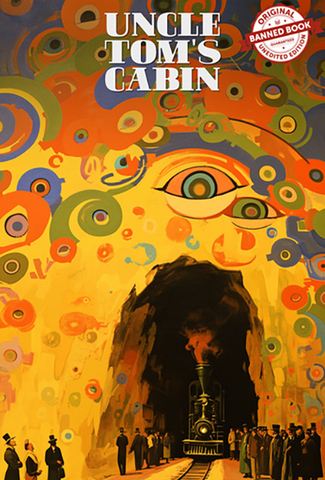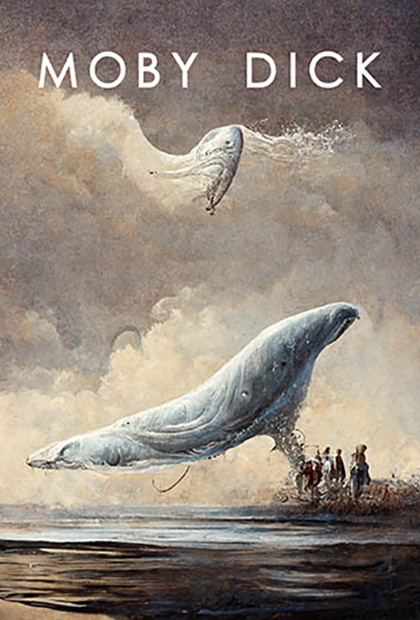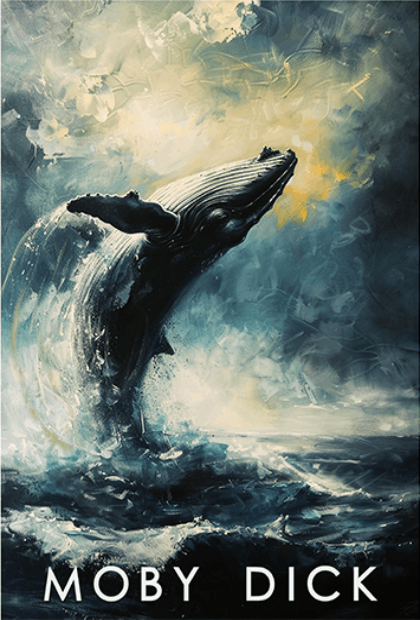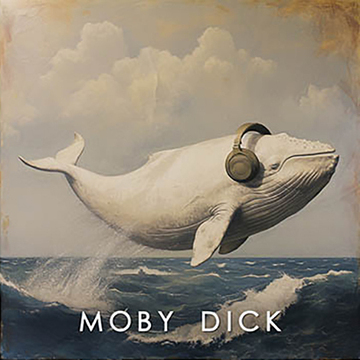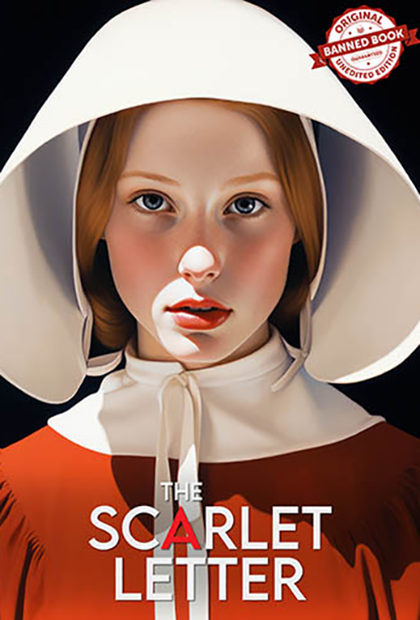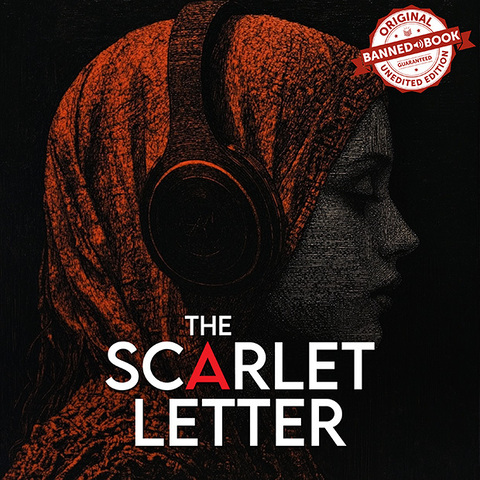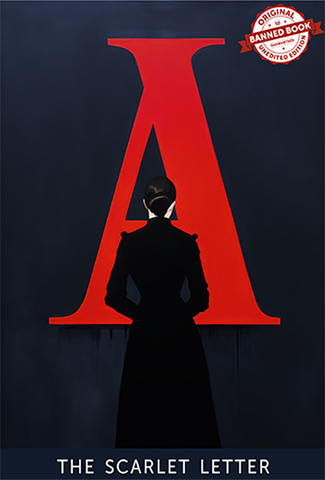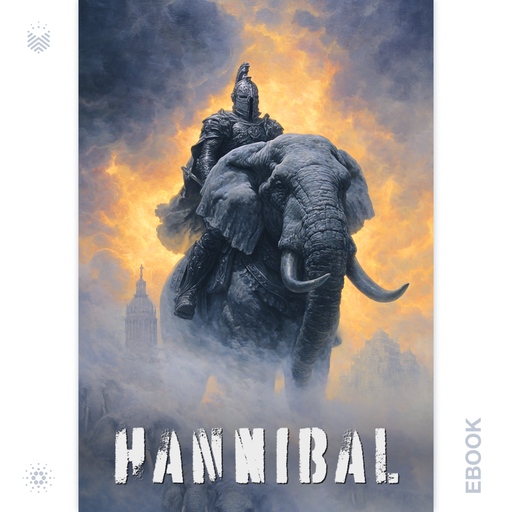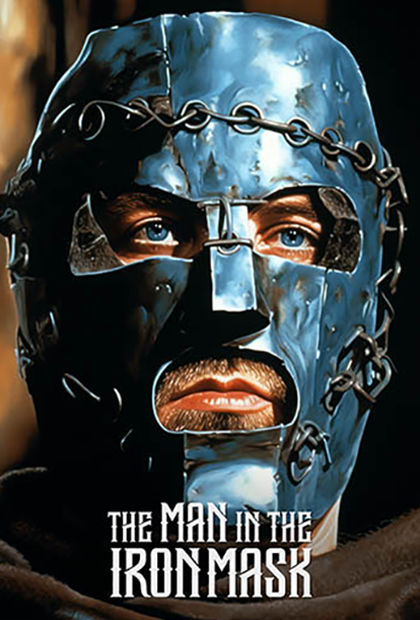In Phantastes, George MacDonald invites readers on a dreamlike journey through a shifting faerie world where landscapes reflect the soul. The novel follows Anodos, a young man who enters a realm of enchantment, inner struggle, and spiritual transformation. MacDonald does not aim to entertain with simple fantasy; he challenges the imagination and the heart, using myth and symbolism to explore identity, desire, and redemption.
… Read More
“The Hasheesh Eater” is a book written by Fitz Hugh Ludlow and published in 1857. It is a memoir that describes the author’s experiences and adventures while under the influence of hashish, a derivative of cannabis. The book is considered one of the earliest accounts of drug experimentation in Western literature.
Fitz Hugh Ludlow was an American writer and explorer who became fascinated with the effects of hashish after reading about its use in Eastern cultures. In “The Hasheesh Eater,�… Read More
William Bradford’s Plimoth Plantation is a foundational text of American history, offering an unparalleled glimpse into the struggles, faith, and perseverance of the Pilgrims.
Read More
Gustave Flaubert’s “Madame Bovary” takes readers on a journey into the tumultuous life of Emma Bovary, a young woman trapped in the suffocating confines of bourgeois society in 19th-century France. As Emma grapples with the monotony of her provincial existence and yearns for a life of passion and excitement, she embarks on a series of ill-fated affairs and reckless pursuits in pursuit of her romantic ideals. Flaubert’s narrative skillfully depicts Emma’s descent int… Read More
“North and South” is a novel written by Elizabeth Gaskell, first published in 1855. It is set in the fictional industrial town of Milton in northern England during the 19th century and explores the social and economic differences between the industrial North and the agricultural South of England.
Read More
“Leaves of Grass” is a collection of poems written by the American poet Walt Whitman. It was first published in 1855 and underwent multiple revisions and expansions throughout Whitman’s life, with the final edition being published in 1892. The collection is considered one of the most important works in American literature and is known for its bold exploration of themes such as democracy, individualism, and the interconnectedness of all things.
… Read More
The Philosophy of Beards by Thomas S. Gowing is a whimsical exploration of facial hair that transcends mere grooming advice to delve into the deeper cultural and philosophical significance of the beard. Gowing, a Victorian-era advocate for the beard, presents a spirited defense of facial hair as a symbol of masculinity, intellect, and individuality. Through witty anecdotes and historical anecdotes, Gowing celebrates the beard as a timeless symbol of rebellion against societal norms and a reflect… Read More
“Walden or Life in the Woods” is a book written by American transcendentalist author Henry David Thoreau. It was first published in 1854 and is a reflection on simple living in natural surroundings. The book is part personal declaration of independence, social experiment, voyage of spiritual discovery, satire, and manual for self-reliance.
Thoreau wrote “Walden” during a two-year period when he lived in a cabin he built near Walden Pond, located in Concord, Massachusetts. The book docume… Read More
Walden by Henry David Thoreau invites readers into a deeply personal experiment in simple, deliberate living. Thoreau withdrew from society in 1845 to spend over two years in a cabin near Walden Pond in Concord, Massachusetts. During this time, he observed nature, reflected on human society, and recorded his insights with clarity and conviction. His aim focused on stripping life down to its essentials to understand what truly matters, challenging readers to reconsider their assumptions about suc… Read More
“The Philosophy of Beards” by Thomas S. Gowing is a whimsical exploration of facial hair that transcends mere grooming advice to delve into the deeper cultural and philosophical significance of the beard. Gowing, a Victorian-era advocate for the beard, presents a spirited defense of facial hair as a symbol of masculinity, intellect, and individuality. Through witty anecdotes and historical anecdotes, Gowing celebrates the beard as a timeless symbol of rebellion against societal norms… Read More
Dive into the intricate world of Bleak House, a masterful novel by Charles Dickens that blends mystery, satire, and social commentary.
Read More
“Twelve Years a Slave” recounts the harrowing true story of Solomon Northup, a free African American man who was kidnapped and sold into slavery in the antebellum South. Through Northup’s own vivid and compelling narrative, readers are transported to the brutal world of plantation life, where human beings are treated as property and subjected to unimaginable cruelty. As Northup struggles to maintain his dignity and humanity in the face of oppression, his story serves as a power… Read More
Cranford by Elizabeth Gaskell is a delightful portrait of small-town life in 19th-century England, blending gentle humor, social commentary, and heartwarming moments. Gaskell captures the charm and complexities of a close-knit community, revealing universal truths about human relationships and resilience.
Read More
“Uncle Tom’s Cabin” is a novel written by Harriet Beecher Stowe. It was first published in serial form in an abolitionist newspaper in 1851-1852 and later as a book in 1852. The novel played a crucial role in shaping public opinion about slavery in the United States and is often credited with influencing the abolitionist cause.
Read More
This is your chance to own the third release in the Book Token Classics: Monster Editions. Moby Dick by Herman Melville was first published in 1851, was initially a commercial failure, and was out of print at the time of the author’s death in 1891. Its reputation as a “Great American Novel” wasn’t established until the 20th century, long after Herman’s death. It is now considered by many scholars to be the greatest book about the sea ever written.
… Read More
“Moby Dick” transcends its status as a mere adventure tale, offering profound insights into the human condition and the existential quest for meaning. Melville’s exploration of the oceanic abyss mirrors the depths of the human soul, inviting readers to confront their own fears, desires, and existential uncertainties.
Read More
“Moby Dick” is a novel written by Herman Melville, first published in 1851. It is one of the most famous works of American literature and is considered a classic. The novel is known for its intricate and symbolic narrative, as well as its exploration of themes such as obsession, revenge, and the nature of good and evil.
Read More
“David Copperfield” is a classic novel written by Charles Dickens. It was first published as a serial between 1849 and 1850 and later released as a complete novel in 1850. The story is widely regarded as one of Dickens’s most autobiographical works, drawing on elements of his own life.
The novel is celebrated for its rich characterizations, intricate plot, and Dickens’s masterful storytelling. The novel has been adapted into numerous films, television series, and stage productions over t… Read More
“The Scarlet Letter” is a historical fiction novel written by Nathaniel Hawthorne, first published in 1850. Set in the 17th-century Puritan Massachusetts Bay Colony, the story explores the consequences of sin, guilt, and redemption.
The novel begins with the protagonist, Hester Prynne, being publicly shamed and forced to wear a scarlet letter “A” on her dress as a mark of her adultery. She refuses to reveal the identity of the father of her illegitimate child, Pearl. Despite her humiliat… Read More
The Scarlet Letter by Nathaniel Hawthorne, first published in 1850, is a classic work of American literature that delves into themes of sin, guilt, and redemption. Set in 17th-century Puritan Massachusetts, the novel follows Hester Prynne, a woman who bears an illegitimate child and is condemned to wear a scarlet letter “A” (for “adulteress”) on her chest as a mark of shame.
… Read More
“The Scarlet Letter” by Nathaniel Hawthorne, first published in 1850, is a classic work of American literature that delves into themes of sin, guilt, and redemption. Set in 17th-century Puritan Massachusetts, the novel follows Hester Prynne, a woman who bears an illegitimate child and is condemned to wear a scarlet letter “A” (for “adulteress”) on her chest as a mark of shame.
… Read More
Jacob Abbott’s Hannibal provides an engaging look into the life of one of history’s most brilliant military leaders. The book follows Hannibal from his youth in Carthage through his legendary campaigns against Rome, including his astonishing march across the Alps. Abbott brings Hannibal’s courage, intelligence, and determination into focus, showing how his leadership influenced the course of ancient warfare.
… Read More
Karl Marx and Friedrich Engels wrote “The Communist Manifesto” in 1848 to articulate the principles and goals of communism. They created this political pamphlet during a time of significant political and economic change in Europe. The growing industrial revolution and widespread worker dissatisfaction influenced their work. Marx and Engels aimed to provide a clear explanation of communist ideology and rally the working class to overthrow the capitalist system.
… Read More
“The Man in the Iron Mask” is a novel by Alexandre Dumas, père, first published in 1847. It is part of the “d’Artagnan Romances,” which also includes “The Three Musketeers” and “Twenty Years After.”
The story is set in the 17th century and follows the adventures of the musketeers, Athos, Porthos, Aramis, and their young protégé, d’Artagnan. The plot revolves around the existence of a mysterious prisoner in the Bastille who is always seen wearing an iron mask.
… Read More

